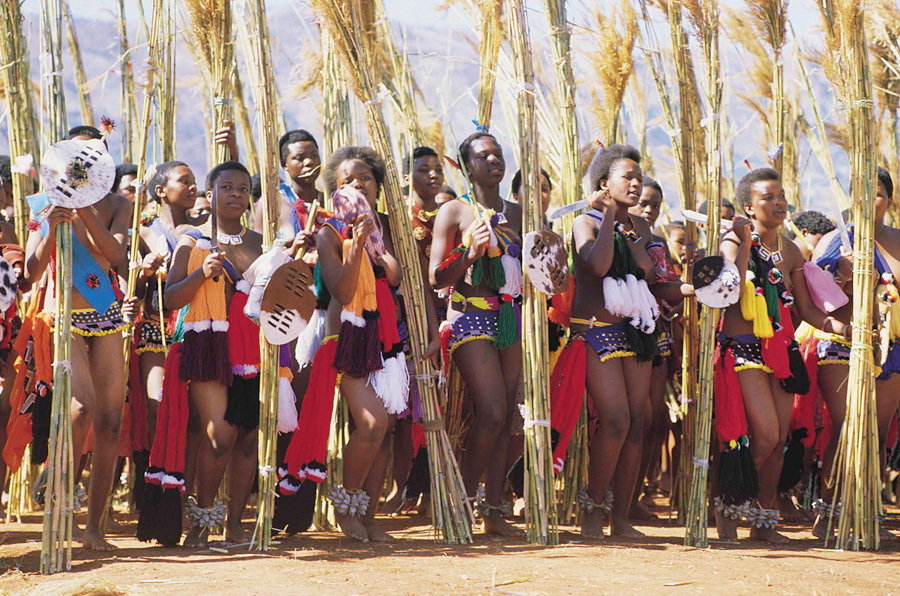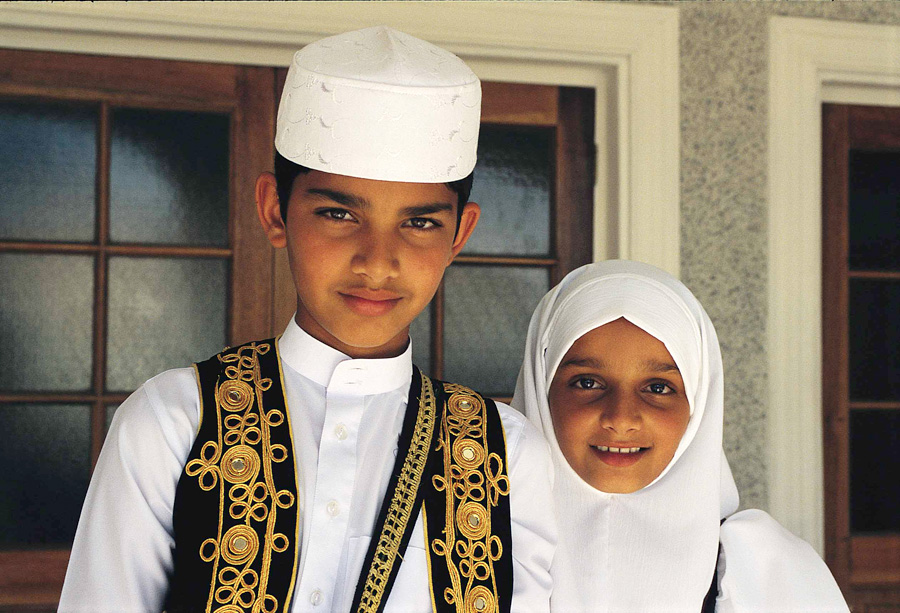9 Simple Techniques For South African Culture Today
9 Simple Techniques For South African Culture Today
Blog Article
The 15-Second Trick For South African Culture Today
Table of Contents3 Simple Techniques For South African Culture TodayThe Greatest Guide To South African Culture TodaySouth African Culture Today Things To Know Before You BuyThe 4-Minute Rule for South African Culture TodayLittle Known Facts About South African Culture Today.Rumored Buzz on South African Culture Today
This adheres to with singing and drum whipping. The new bride and bridegroom after that meet the elders and speak about the relevance of their union. An issue of importance in Zambian villages is the diing of loved ones. All participants of the town put cash, time and effort together for the burial of the deceased.Throughout the mourning period; guys stay outside your house and the females stay inside your home of the deceased. After discussing the dead, the town walks to the location of funeral to state their last bye-byes. Songs and dancing is a really essential aspect of the Zambian society. The different tribal devices have their very own dance kinds; nevertheless, makishi prevails among all tribes.
The Ultimate Guide To South African Culture Today
When it pertains to songs, drums are used one of the most, with a variety of drumming ceremonies. In Zambia, majority of the people are Christian; Protestant and Roman Catholic. There are little teams of Muslims and Hindus, with the rest adhering to regional native tribal ideas.

South African heritage and society is profoundly diverse, and includes lots of various groups of people that each have their own traditions and ideas. Having such a diversity of individuals and societies is what makes South Africa so special. In the real feeling of the phrase, we are a rainbow nation.
South Africa has approximately 3 hundred thousand Portuguese individuals living in it. Making it the 7th on the list of countries with one of the most Portuguese individuals in it outside of Portugal. Portuguese is not just a culture, but it is additionally a language and a race. Portuguese people originate from the country of Portugal in Europe, nevertheless, due to Portugal (like several other nations in Europe) discovering the world and conquering various other countries throughout the 15th 20th centuries, South Africa has what we call Portuguese South African's living in it.
How South African Culture Today can Save You Time, Stress, and Money.
Amongst the popular attributes of the topography is a plateau that covers almost 2 thirds of the center of the country. The plateau complicated rises towards the southeast, where it culminates in the Drakensberg array, part of a cliff that divides the plateau from the coastal locations. The Drakensburg consists of Champagne Castle, the highest optimal in the nation.
The region north of the Witwatersrand, called the bushveld, inclines downward from east to west towards the Limpopo River, which forms the global border. The western section of the plateau, the middleveld, likewise comes down towards the west and varies in altitude in between the highveld and bushveld. In between the Drakensburg and the eastern and southern coastline, the land comes down to the sea.
Nearer the shore there is a low-lying level called the eastern lowveld. Southwest of the plateau the nation becomes gradually more arid, paving the way to the hostile desert of the Great Karroo, verged on the east by the reduced, better sprinkled plateau of the Little Karroo. Dividing the completely dry southerly inside from the sandy littoral of the southern shore and West Cape is one more range, the Langeberg.
South African Culture Today Fundamentals Explained
The nation's racially, ethnically, and politically split background has actually generated national and subnational icons that still operate as icons of the country, and others icons that are approved only by specific groups. The monuments to white settler conquest and political prominence, such as the Afrikaner Voortrekker ("leader") Monolith in Pretoria and the Rhodes my link Monument honoring the British colonial realm builder and Cape prime minister Cecil Rhodes, continue to be sectarian symbols.
The initial contemporary occupants were the San ("bushman") hunter-gatherers and the Khoi ("Hottentot") peoples, who rounded up livestock (South African culture today). The San might have existed for thousands of years and left proof of their presence in hundreds of ancient cavern paints ("rock art"). Bantu-speaking clans that were the forefathers of the Nguni (today's amaZulu, amaXhosa, amaSwazi, and vaTsonga individuals) and Tswana-Sotho language teams (today's Batswana and Southern and Northern Basotho) migrated below east Africa as early as the fifteenth century

The 2 previous republics of the Orange Free State and Transvaal (South African Republic) were developed by Afrikaner inhabitants that defeated and dispossessed the Basotho and Batswana. Lesotho would have been by force integrated into the Orange Free State without the extension of British defense in 1869. The utmost see page unification of the nation resulted from the South African Battle (18991902) in between the British and both Afrikaner republics, which reduced the nation to wreck at the beginning of the twentieth century.
Afrikaners historically considered themselves the only true South Africans and, while granting full citizenship to all citizens of European descent, rejected that status to individuals of color up until the autonomous transition of 1994. British South Africans keep a feeling of cultural and social link to Great Britain without weakening their identity as South Africans.
10 Simple Techniques For South African Culture Today
The variety and fragmentation within ethnic groups and the equilibrium of tensions in between those teams throughout the twentieth century protected against interethnic civil dispute. While intergroup stress over sources, entitlements, and political dominance stay, those conflicts are as most likely to pit Zulu against Zulu as Zulu versus Xhosa or African against Afrikaner.
From colonial India, British vendors and managers brought the curved steel ornamental roof coverings and slim lace work look at this website columns that still represent the verandas of homes arounds and cities throughout the nation. Residences of worship contribute an important architectural aspect even in the smallest communities. In enhancement to the skyrocketing steeples and traditional stonework of Afrikaans Dutch Reformed churches, Anglican churches, synagogues, mosques, and Hindu temples supply variety to the spiritual architectural scene.

Butchering and the developing of standard grain beer are important in safeguarding the involvement and a good reputation of the forefathers that are taken into consideration the guardians of excellent fortune, prosperity, and health. Indian communities maintain their indigenous culinary customs and apply them on Islamic and Hindu routine and ceremonial occasions. Afrikaners and Coloured people gather at weekends and unique events at multifamily bbqs called braais, where community bonds are strengthened.
Due to the fact that this was the main financial venture of both black Africans and white homesteaders, conflict between those groups centered on the possession of grazing land and animals. In 1867, the largest ruby down payments on the planet were discovered at Kimberley in the west central area. The riches from those areas helped fund the exploitation of the best gold reef worldwide, which was discovered on the Witwatersrand in 1886.
South African Culture Today for Dummies
This caused misunderstandings and calculated misrepresentation in the negotiations of white settlers and government officials with African chiefs during the colonial period (South African culture today). In the facility of African reserves, some elements of public and chiefly "tribal depend on" land tenure were preserved, and even in white backwoods, forms of common tenure were still practiced in areas with African communities
After the democratic change of 1994, programs for land restitution, redistribution, and reform were instituted, but progress has been slow-moving. The white minority still regulates eighty percent of the land. Following agricultural land invasions in Zimbabwe, the Division of Land Matters has actually vowed to speed up land redistribution.
Report this page